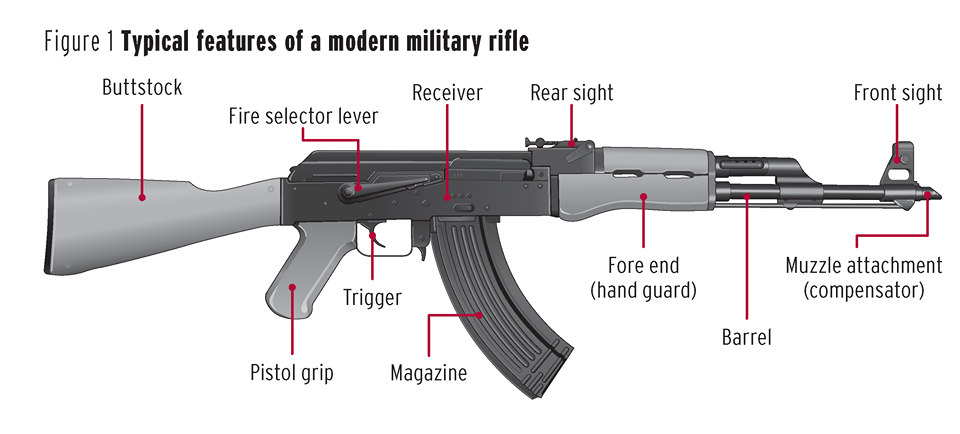ARES Director N.R. Jenzen-Jones has authored Small Arms Survey Issue Brief 14, a basic guide to documenting small arms and light weapons (SALW). Released last week, Issue Brief 14 gives a step-by-step approach to documenting SALW, as well as an overview of safety procedures and guidelines for undertaking such work in the field.

See below for some extracts from the complete document:
Why attempt an arms tracing procedure in a country that is experiencing or has recently emerged from armed conflict? Illicit arms transfers fuel conflict and allow protagonists to rearm for war or crime after hostilities have ceased. In both contexts, ‘conflict tracing’ may be used to monitor potentially escalatory influxes of weapons and to investigate particular cases of concern. Arms tracing is enabled by the accurate identification of the arms or munitions in question; conversely, it is hindered by inaccurate identification.
…
Arms tracing essentially aims to identify the type and model, manufacturer and country of origin, and serial number—usually based on markings, identifying features, or a combination thereof. While conclusive arms tracing is only possible with each of these three pieces of information, certain trends and general conclusions may be drawn from more limited information. In some cases, markings may be illegible or abraded, such that identification requires observation of a weapon’s design features
…
It is important to document and assess all markings on a weapon, in combination with the physical characteristics of the weapon. In rare cases, markings do not reflect a weapon’s true origin or model. Counterfeit or copy weapons are produced in certain parts of the world, particularly in the Khyber Pass region and in the Philippines; reproduction weapons are produced both for and by consumers who are interested in historical or military arms; and weapons may have been refurbished or refinished in a way that is not consistent with their original purpose or design.
Issue Brief 14 can be read in full here.

